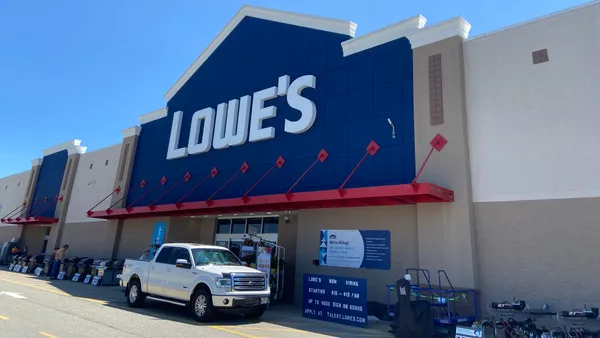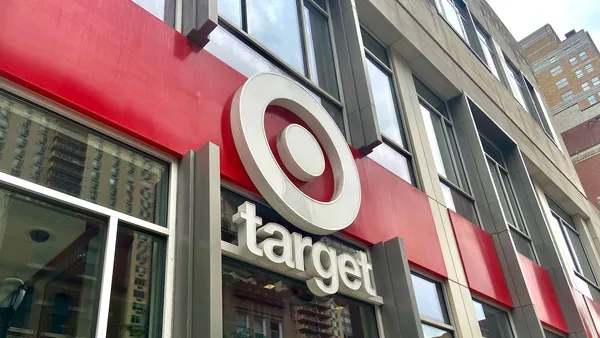Dive Brief:
-
Retail sales rose 0.1% in August, according the latest monthly report from the U.S. Commerce Department's Census Bureau. The figures (which excluded sales from auto dealers, gas stations, building materials and food services) were the weakest showing in several months and one that missed expectations.
-
Rising fuel prices may have slowed spending, as gas station sales rose 20.3% year over year and 1.7% from July. E-commerce continued to outpace the overall industry, growing 10.4% year over year and 0.7% from last month, according to the government's report.
-
By sector, department store sales fell 1% from July and 0.7% year over year; apparel sales fell 1.7% from July but rose 6.3% year over year; and furniture store sales fell 0.3% from July but rose 3.5% year over year. Other retailers fared better last month, as health and personal care sales rose 0.5% from July and 4.9% year over year; electronics and appliance sales rose 0.4% from July and 3.9% year over year; and home improvement sales were flat from July and rose 3.3% year over year.
Dive Insight:
Despite the disappointment, most observers shrugged off the government's lower retail sales tally for August, noting that the economy's fundamentals remain strong.
"Although the retail sales growth of 0.1% for August reported by the U.S. Department of Commerce today was lower than expected, 2018 has demonstrated a strong sales growth trend year to date," Moody's Vice President Mickey Chadha said in comments emailed to Retail Dive. Chadha, pointing to "record low unemployment and rising consumer confidence," noted that sales so far have come in at the high end of Moody's forecasts.
Predictions of an ongoing favorable sales trend is backed up by the National Retail Federation, which last week reported that the three-month moving average was also up 4.9% year over year. Many of the same elements of the economy that are keeping consumers buoyant, including low unemployment and rising wages, along with emerging headwinds like rising freight and fuel prices, are likely to cause the Fed to raise interest rates later this year. That could rein in spending further.
But even with that possibility, it seems to be all systems go as retailers head into the holidays. "Consumers are still in the driver's seat,” NRF Chief Economist Jack Kleinhenz said in a statement. "Clearly, household spending is resilient and a contributor to third-quarter GDP growth.” Of greater concern than rising interest rates is uncertainty around tariffs, which Kleinhenz said "is creating anxiety and could fuel material changes in consumer spending.”
Joe Brusuelas, chief economist with global accountancy RSM, agrees. "The major headwind at this point is a possible disruption to prices linked to tariffs," he told Retail Dive in an email. "In our estimation, should the administration follow through this month or next with an additional $200 billion in import taxes on Chinese goods, that would create quite the dilemma for retail firms: accept margin compression or attempt to pass price increases downstream."
Still, the trajectory of retail sales this year, despite numerous store closures, indicates a strong holiday showing, according to Coresight Research. Coresight estimates that holiday sales for retailers in November and December could increase 4% over last year, to $720 billion in 2018.












